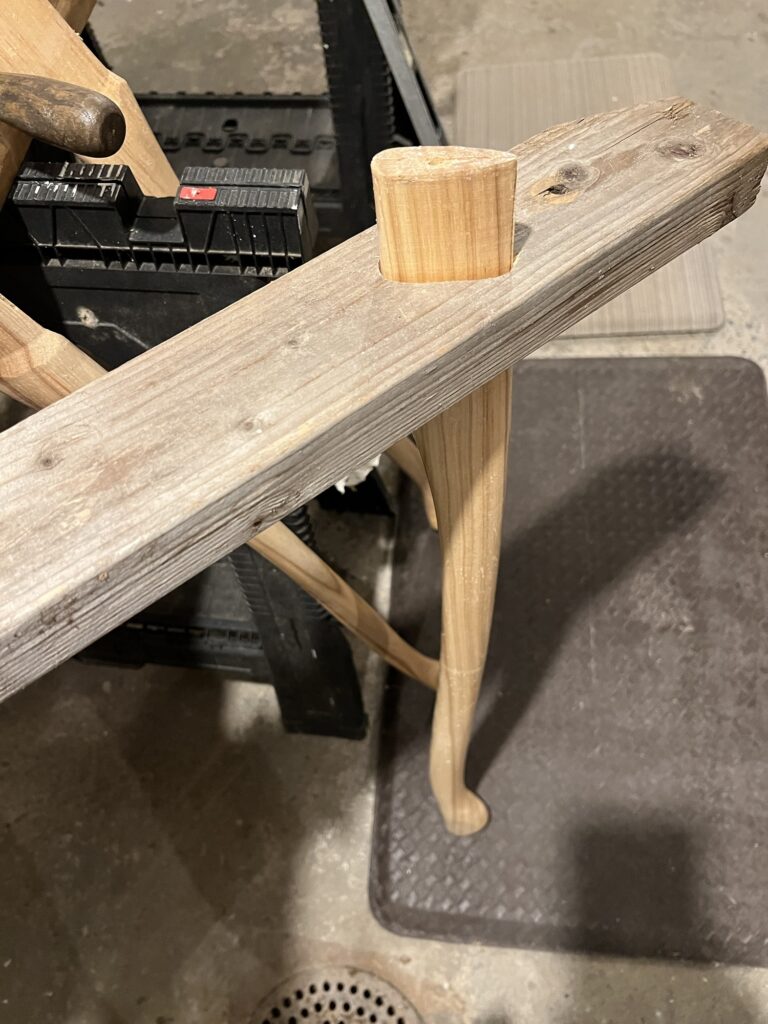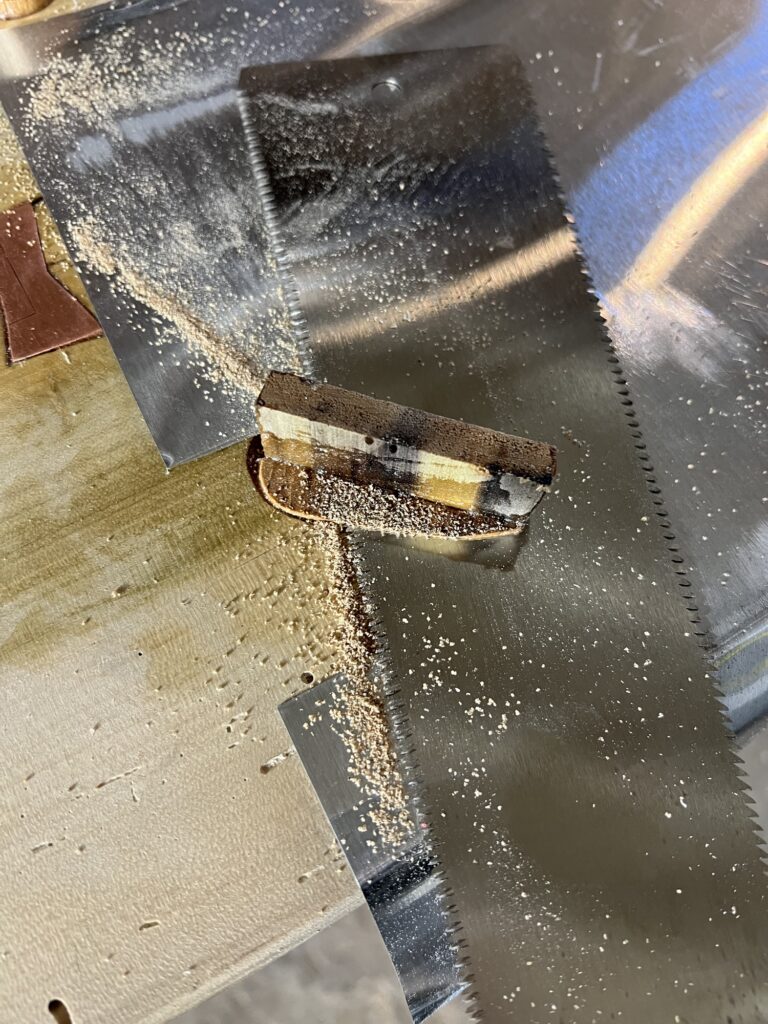
Hoped to get the first finish coat on today, but had to knock off for dinner. It can wait.
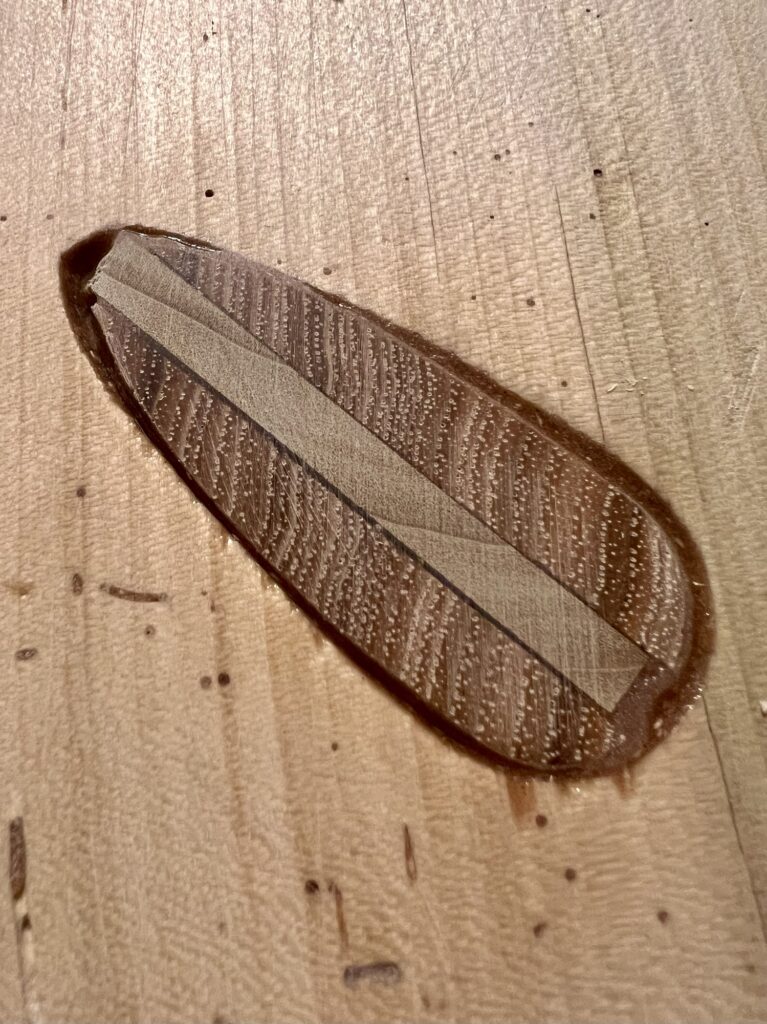
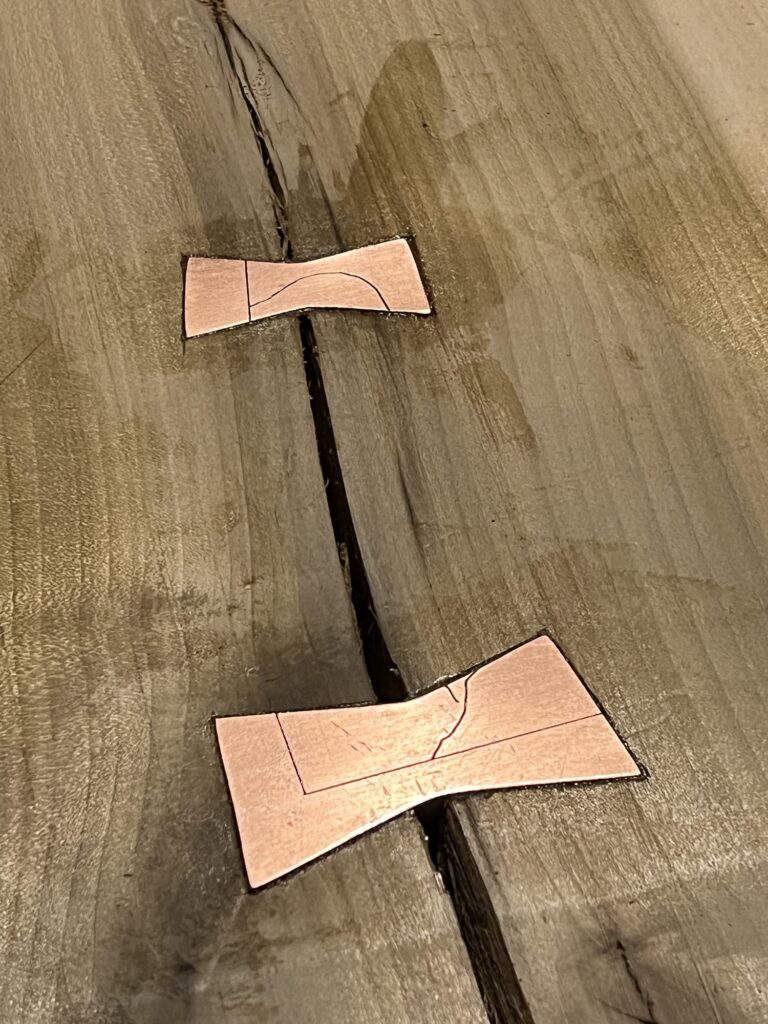



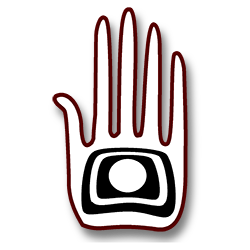
an infrequent repository of mostly new stuff

Hoped to get the first finish coat on today, but had to knock off for dinner. It can wait.





Cut the copper butterfly keys and polished them up. I decided to leave the engraving. This solid copper slab was the embossing plate for the cover of a little book we published years ago. I like seeing the remnants of the etching. The book was a collection of works by local writers, called Riverbanks to Mountaintops.

Next is cutting the mortise insets with a palm router, finished with a chisel. T got some nice shots of that process.


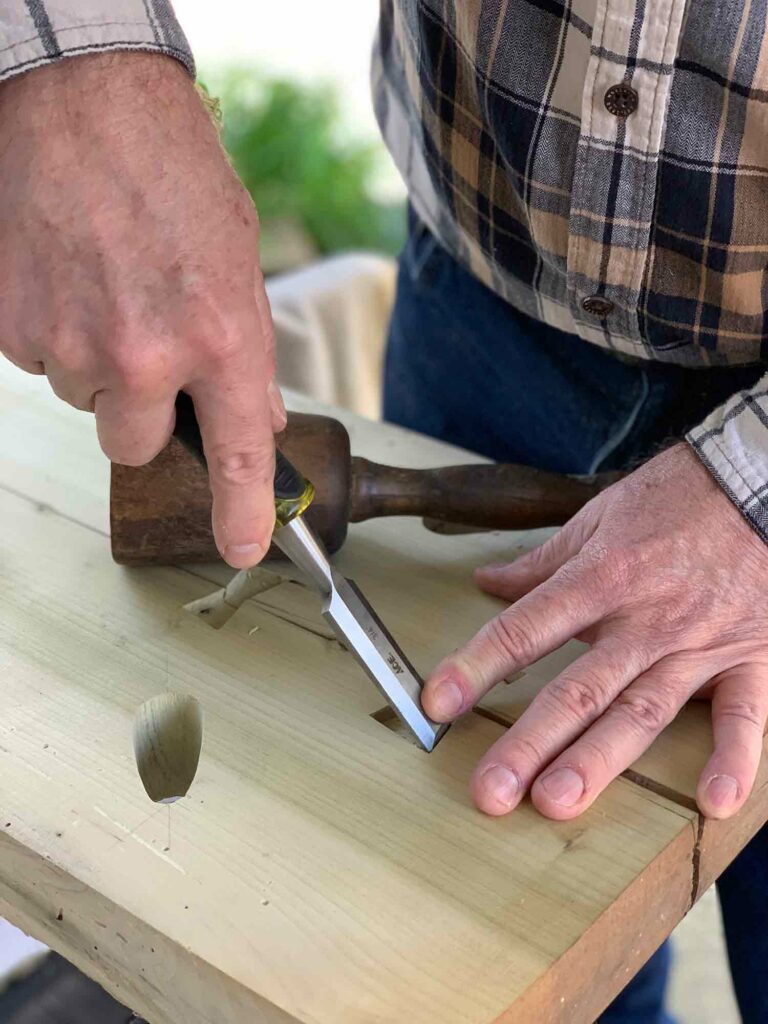


The keys are driven in and glued tight across the split in the slab. This is mostly decorative, but will keep the split from growing.

Finally, the tenons of the legs are inserted in their eye-shaped mortises with glue, and wedges driven in to fasten snug. In a few days, I’ll trim these flush with the top. That leaves the backsplash to attach, then fill the cracks and wormholes, and add a finish coat.

This weekend we got to be in a parade. An art parade.
Our friend, the painter Giselle Gautreau, has as show that opens in April 2023 at the 2nd Street Gallery in Charlottesville. We have some of her art hanging prominently in our house. She formerly worked in large formats, then swore it off because the logistics are so challenging. But in this case she just couldn’t resist. She has several large paintings for the show that are too big to fit in her car.
What to do?
Well, you invite friends and family to parade the art down the middle of Main Street, of course. Which we did.
In the video, mostly shot by T, you see a tour of her studio in McGuffey Art Center, as well as her studiomate Michelle Geiger (who also has an upcoming show). Then we walk the big oil paintings – a few thousand dollars worth – down the street and six blocks away to the gallery.
Big fun.

We had a rare treat here last night. Just before midnight, the Aurora Borealis blew up big time.
People in Virginia got a chance to see something that rarely appears this far south. Folks up on the Blue Ridge and Shenandoah National Park had especially nice views. Some of their photos are amazing.
I missed the biggest flares, but was able to catch a little of it from the field next to the house before the clouds moved in. Wasn’t expecting much, so only had my phone on a tripod. Still, pretty impressive.

